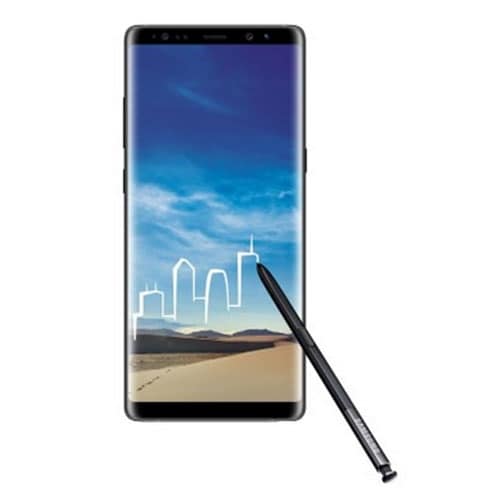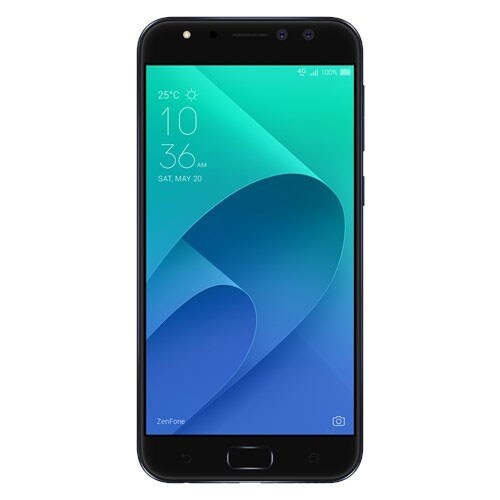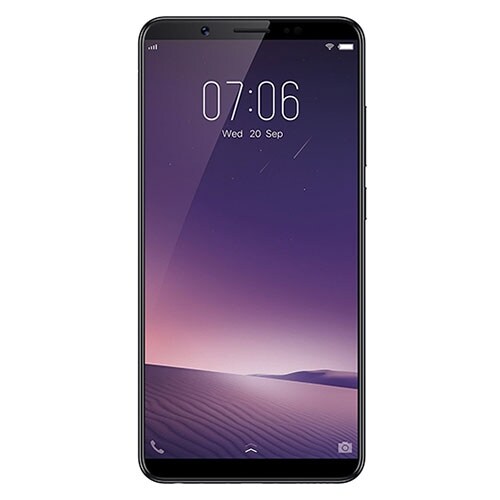Dr Jitendra Singh, Union Minister of State (Independent Charge) of the Ministry of Development of North Eastern Region (DoNER), MoS PMO, Personnel, Public Grievances and Pensions, Atomic Energy and Space has indicated that the Chandrayaan-2 mission will take place in 2018, mostly in the first quarter of the year. Dr Singh made the comments while addressing the inaugural session of the Asian Conference on Remote Sensing (ACRS) at the Ashok Hotel in New Delhi.

The lander and orbiter will be stacked in the launch vehicle for the Chandrayaan-2 mission. Image: ISRO.
The five day conference is being attended by over 500 delegates, including leading space scientists from around the world. Singh also gave credit to Prime Minister Narendra Modi for breathing new life into local space research, and arranging brainstorming sessions between space scientists and the different governmental departments and ministries. He also praised Modi for realising his pet project of the South Asia Satellite, which provided space infrastructure and benefits to the neighbouring countries who could not afford their own satellites. Dr Singh also praised ISRO for helping improving the safety of unmanned railway crossings.
Dr Singh said that India has emerged as one of the frontline nations in the field of space technology, and that this was a vindication of the dream of the founders of the Indian space program, including Vikram Sarabhai and Satish Dhawan. ISRO Chief AS Kiran Kumar who was the Guest of Honour at the inaugral session, outlined the various measures taken by ISRO to support disaster management across the nation.
According to the plans by ISRO, the Chandrayaan-2 mission will have a lunar orbiter, a soft lander as well as a semi autonomous rover. To support the increased payload, ISRO is planning to use the GSLV MKII as against its "workhorse" rocket, PSLV used for the maiden Moon mission. The lander, rover and orbiter will perform mineralogical and elemental studies of the lunar surface.
Published Date: Oct 24, 2017 11:08 am | Updated Date: Oct 24, 2017 11:08 am
















